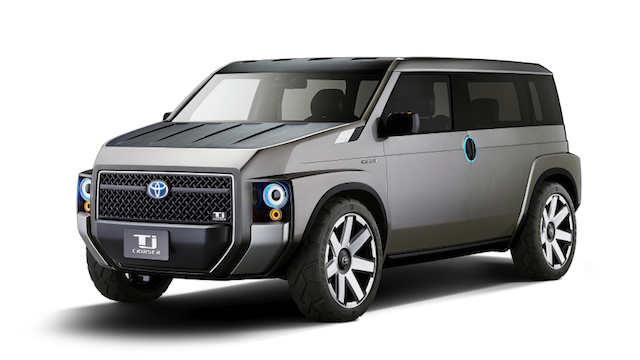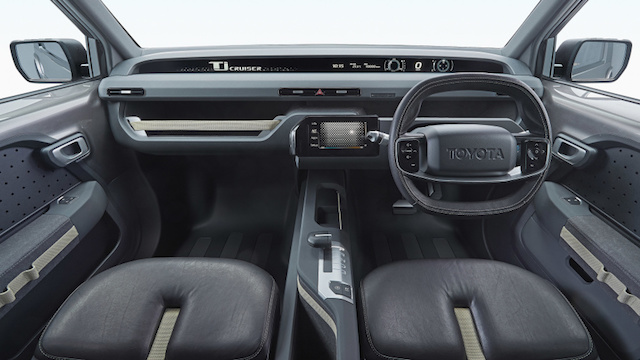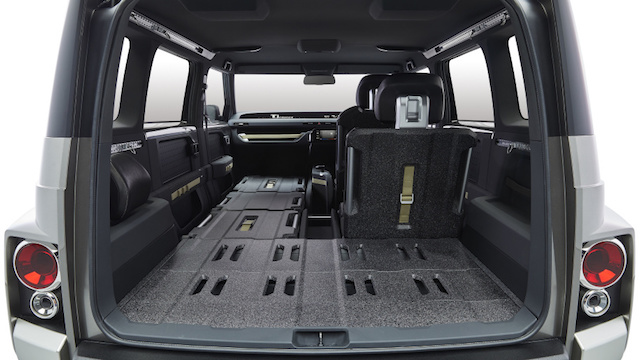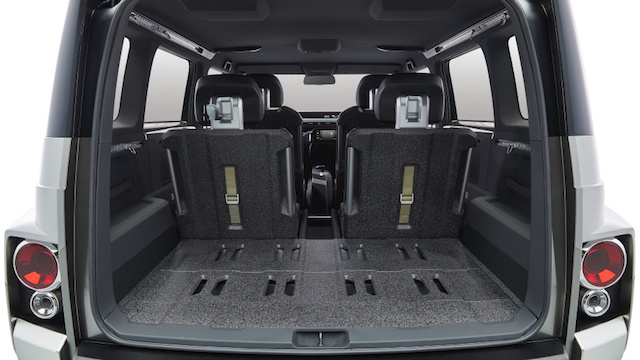
Toyota’s Tj Cruiser concept has been described as a “more practical everyday” replacement for the FJ Cruiser, the SUV that was somewhat of a misfit in the carmaker’s line-up before it was discontinued last year.
Whereas the FJ was a throwback to the original FJ40 Land Cruiser of 1955, and the letters referenced the engine series (F) and the chassis (J), the Tj in Tj Cruiser has no such bloodlines: T is for ‘Toolbox’ and j is for ‘joy’.
The concept is part minivan, part SUV and will be unveiled at the Tokyo motor show next week. In Toyota’s words: It’s a “harmonious balance between the roominess of a cargo van and the powerful design of an SUV.”
It’s not just a study either – Toyota has registered Tj Cruiser as a trademark in the United States. It has also said that were it to go into production, Tj Cruiser would be built on the company’s global TNGA (Toyota New Global Architecture) platform, which underpins the Prius and CH-R.
Tj Cruiser is 4260mm long and rides on a 2750mm wheelbase. Under the clamshell bonnet sits the hybrid-heart of the concept, a 2.0-litre petrol-electric set-up driving either the front wheels or part time to all four. Braked towing capacity is not known.
As an SUV, Tj Cruise can seat four. Seat cushions up front and in the rear flip up to reveal cubby holes. As a cargo van it can still seat a passenger or two, or the driver alone.
Two sliding doors sit aft of the driver and passenger doors, and the rear door is hinged on the roof. There is 3.0m of interior storage room front to back, with plenty of tie-down points to anchor things like bicycles and kayaks. A roof rack provides further carrying capacity.
Toyota says the bonnet, roof, and chunky bumpers are coated with scratch- and dirt-resistant materials. If TJ Cruiser does make in into production, don’t expect it in New Zealand anytime soon. The FJ Cruiser was launched in the US in 2007 but didn’t make it here until 2010. Toyota sold 299 before it was withdrawn a year ago.






